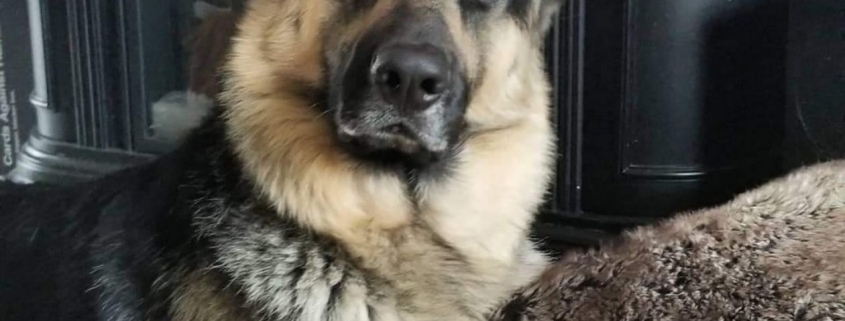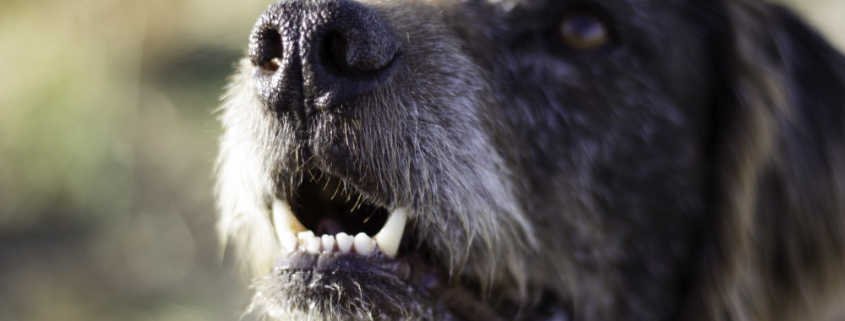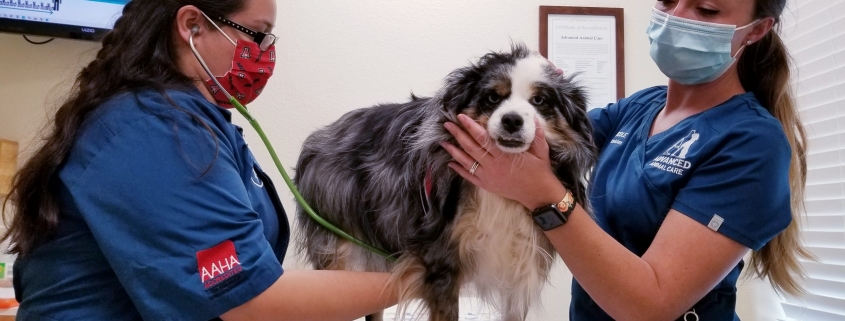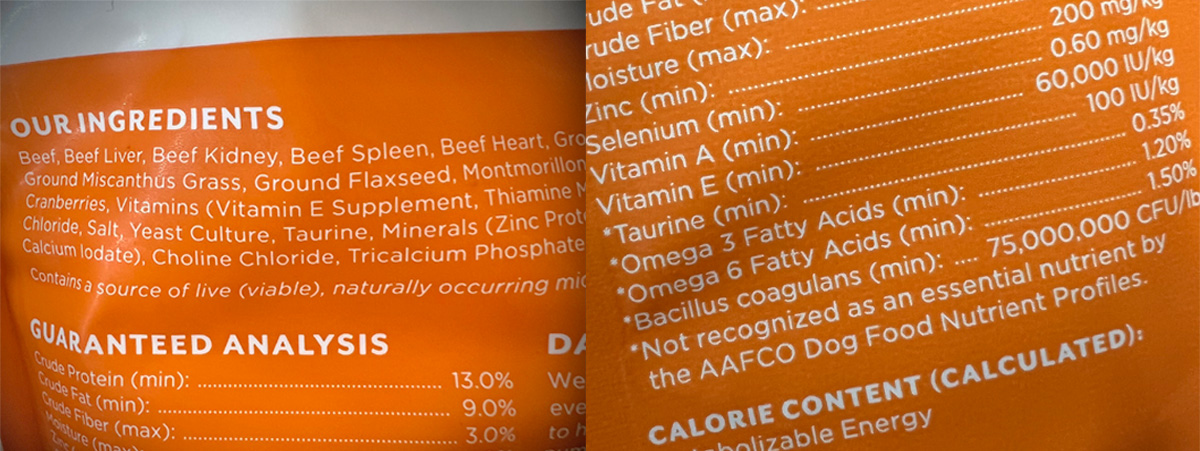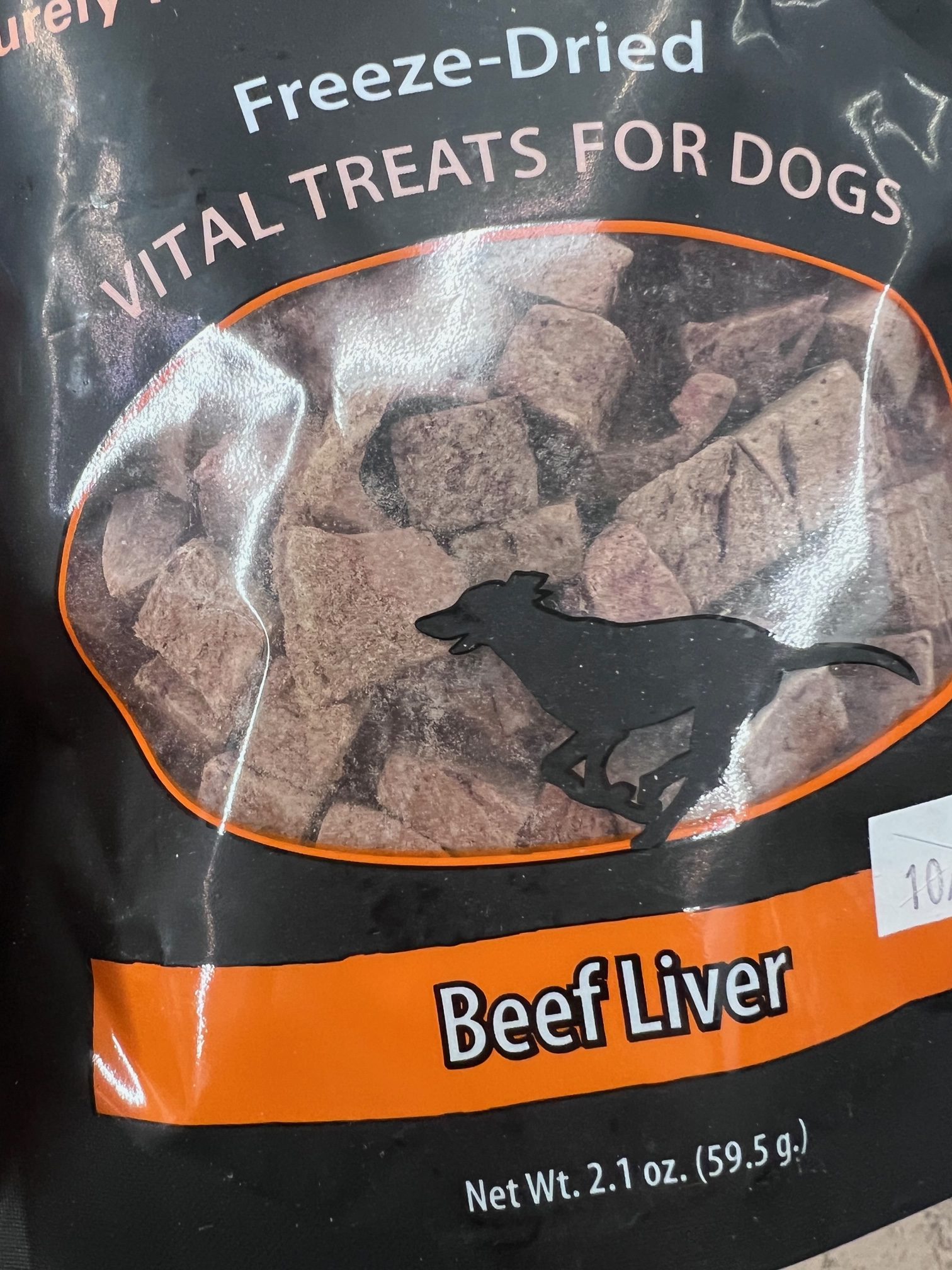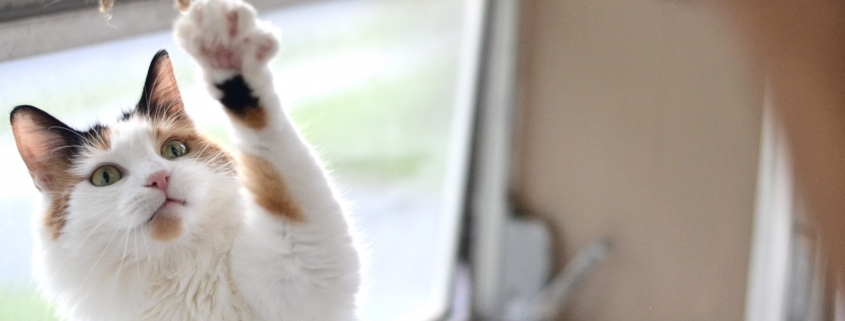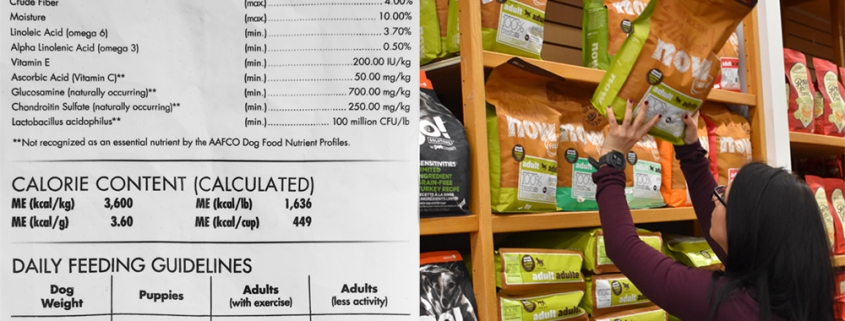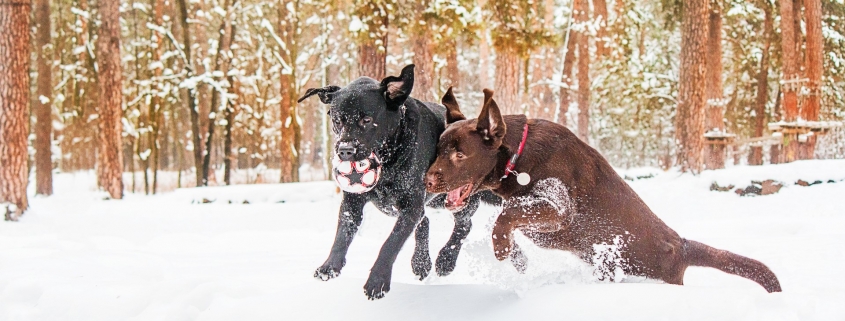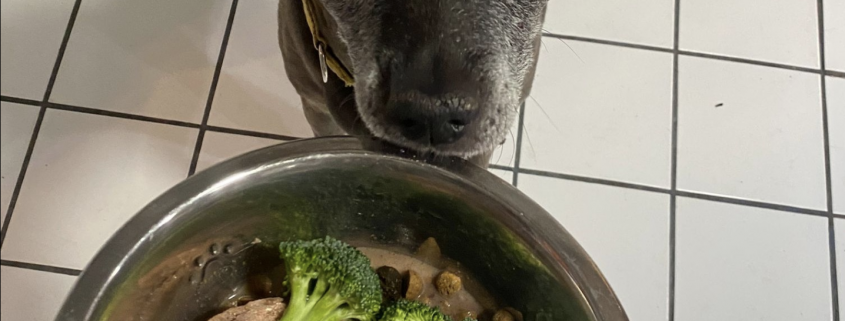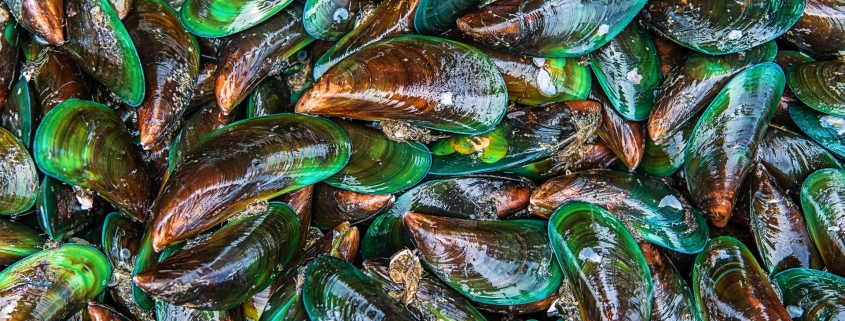Keep Your Pet’s Heart Healthy. Without Changing Their Food
When your pet is diagnosed with a heart dysfunction or heart disease, you want to take immediate action to support your pet’s health and well-being. In addition to specific recommendations from your veterinarian, here are some tips to help keep your dog or cat’s heart healthy — without modifying their main diet.
Maintain a Healthy Weight
Your pet’s weight plays an important role in heart health. One of the main contributors to heart problems is obesity. Being overweight adds unnecessary stress to your pet’s joints, muscles, internal organs, but also to the heart itself.
Help your pet maintain a healthy weight by giving him the right amount of food for his size, breed, age, and reproductive status.
In combination with a proper diet, daily exercise is vital. Walks, runs, and active playtime improve the strength and endurance of the heart’s ability to circulate blood, but also burn excess calories that can lead to obesity.
If your pet has been diagnosed with heart disease, please consult your veterinarian before starting any exercise program with your pet. Certain heart conditions dictate no exercise while others allow for lower-intensity exercise sessions that include monitoring duration, intensity, and external temperature.
Feed the Beneficial Treats
When searching for heart-healthy treats, look for single-ingredient, nutritionally dense, minimally processed products. These types of treats are typically lower in sodium and other unhealthy preservatives that may aggravate a heart condition. My favorites are freeze-dried hearts, any fish treat (since fish is high in omega 3’s), or any treat containing no or low-salt additives.
Additional Supplements
Supplements can be an important part of your pet’s heart health plan. Although supplements should never replace a well-balanced diet, they can provide a nutritional boost that can help reduce the risk of heart disease, reduce inflammation, improve circulation, manage weight and improve overall well-being.


